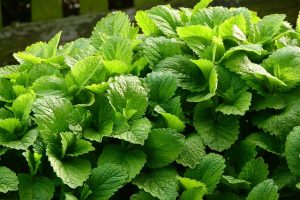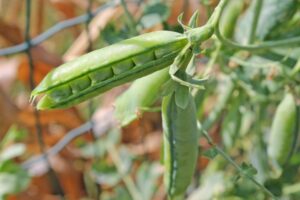Fall can be an excellent time to sow wildflower seeds, as cool temperatures can encourage strong root development before the harsh winter months. This guide will explore some beautiful wildflowers to plant in the fall. Get ready to enhance your garden’s charm and biodiversity!
Beebalm (Monarda didyma)

Beebalm is not just adored by gardeners for its vibrant, tufted blooms; it also serves a purpose for local wildlife. This delightful perennial attracts pollinators, especially hummingbirds and bees. Planting Beebalm in the fall allows its roots to establish before winter, setting the stage for a spectacular show of red, pink, or purple flowers come summer. Beebalm thrives in well-drained soil and prefers full sun or partial shade.
Aside from its beauty, Beebalm has a rich history of medicinal use by Native Americans. Its leaves can be brewed into tea, providing a soothing remedy for digestive issues. Imagine sipping a calming cup of Beebalm tea, made from flowers you nurtured from seed!
Black-eyed Susan (Rudbeckia hirta)
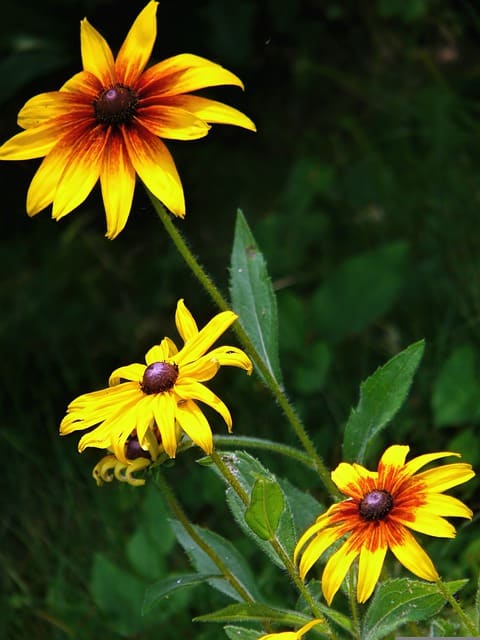
Black-eyed Susans are a quintessential wildflower found in gardens and meadows alike. Known for their golden yellow petals and distinctive dark centers, these resilient blooms typically start to flower in mid-summer and last well into fall. By planting them in the fall, you can ensure they establish a strong root system, making them more vigorous come spring.
Native to North America, Black-eyed Susans are remarkably adaptable and thrive in a variety of soils, from sandy to clay. It’s important to note that they prefer full sun and moderate moisture. Plus, they’re drought-tolerant once established, and their seed heads serve as a winter food source for songbirds. Adding Black-eyed Susans to your fall planting is a surefire way to ensure a sunny display year after year.
Butterfly Milkweed (Asclepias tuberosa)
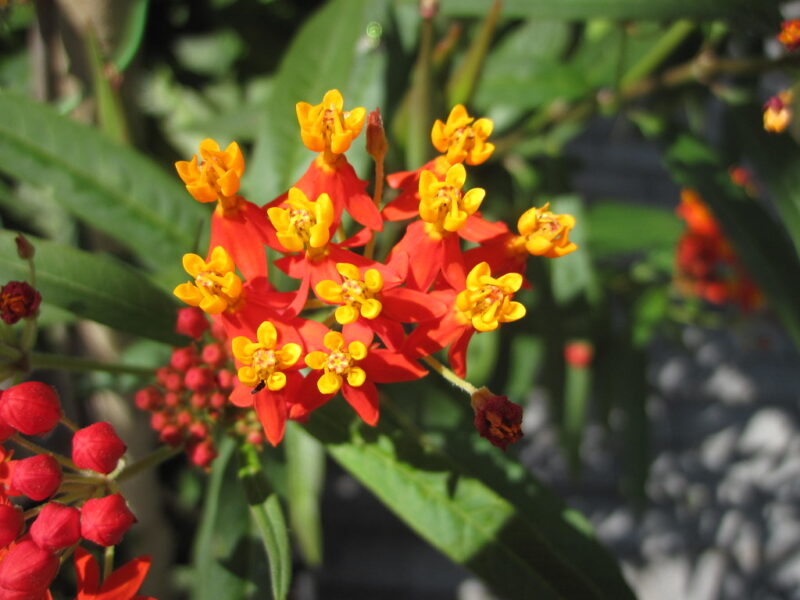
If there’s a flower that screams “feed the butterflies,” it’s Butterfly Milkweed. This vivid orange perennial is a crucial host plant for Monarch caterpillars and plays a pivotal role in supporting local pollinator populations. When fed by the right conditions, Butterfly Milkweed will truly thrive, making fall planting an excellent option.
In addition to its pollinator benefits, Butterfly Milkweed has a unique drought tolerance and thrives in well-drained sandy or rocky soils. This wildflower loves full sun, making it suitable for those sunny patches of your garden that could use a splash of color. Between the beauty of its flowers and its ecological importance, Butterfly Milkweed is a fantastic addition for any gardener wanting to contribute to the health of local ecosystems.
Foxglove (Digitalis purpurea)
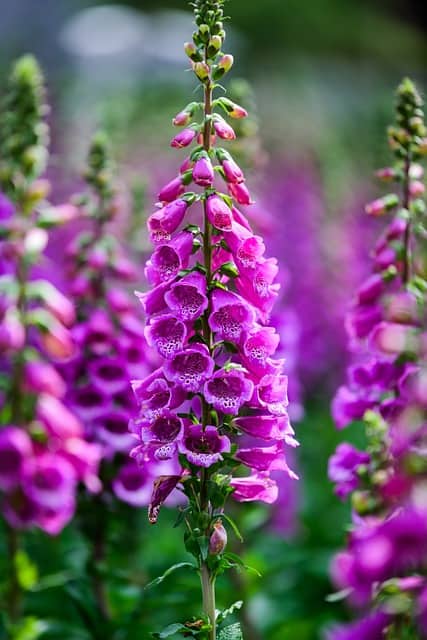
Foxglove is renowned for its tall spikes adorned with tubular flowers that create a striking vertical presence in any landscaping. While often regarded as biennial or short-lived perennial, planting Foxglove in the fall allows it to establish during the cooler months and prepare for a dazzling display the following summer.
Although its name stems from a bygone era of folklore, bringing with it stories of fairy bells and gentle woodland spirits, Foxglove is also known for its medicinal properties—specifically, its use in heart medication. However, caution is warranted as the plant is toxic if ingested improperly. If you have pets or small children, make sure to plant it in an area where they can’t access it easily. With proper care and placement, Foxglove will showcase its stunning trumpet-like flowers and shade any garden visitor in curiosity.
Lanceleaf Coreopsis (Coreopsis lanceolata)
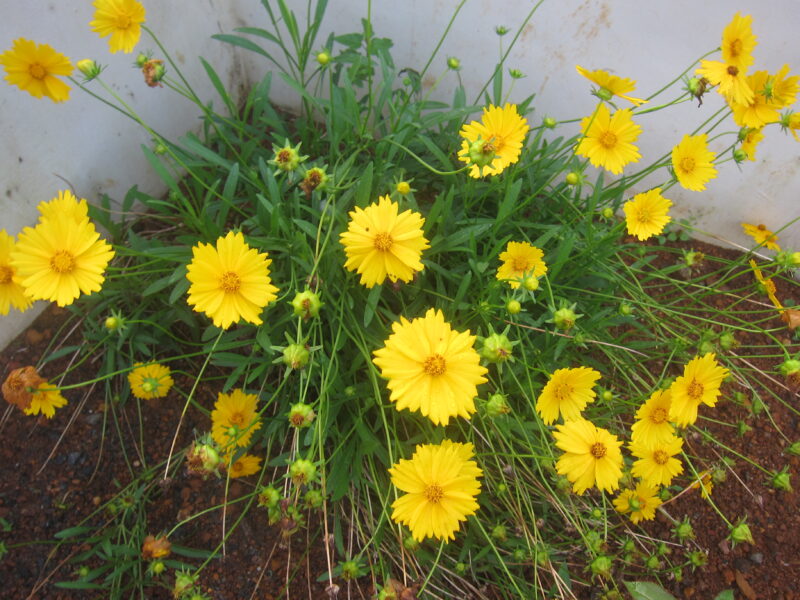
Don’t underestimate Lanceleaf Coreopsis—this wildflower is a powerhouse of color and resilience. Known for its bright yellow, daisy-like flowers, it blooms from late spring to mid-summer, often re-flowering throughout the summer. By planting Lanceleaf Coreopsis in the fall, you allow the seeds to settle into the soil and develop robust roots, promising a hearty return the following year.
Lanceleaf Coreopsis thrives in well-drained soil and prefers full sun. This wildflower is also drought-tolerant, making it an excellent choice for those regions experiencing fluctuating water levels. Imagine a sunny garden dotted with these golden blooms swaying gently in the breeze—creating a beautiful backdrop that can lift your spirits.
Maximilian Sunflower (Helianthus maximiliani)

For those who want to cultivate a sunflower with a twist, Maximilian Sunflower is an excellent option. This perennial sunflower grows tall and showcases striking yellow blooms in late summer to early fall. It can reach heights of over six feet, creating a stunning vertical element in your garden.
Planting Maximilian Sunflower in the fall allows these seeds to germinate once the soil cools in the spring, ensuring that they take full advantage of the sunny season ahead. These flowers are drought-tolerant and thrive in poorer soils, making them suitable for less cultivated areas of your garden. Their seed heads attract birds, and the flowers provide color for months, offering both beauty and ecological benefits.
Passionflower (Passiflora incarnata)

For a garden that mesmerizes and inspires, consider incorporating Passionflower. Renowned for its unique, intricate blooms and aromatic qualities, this perennial vine can be a stunning addition to trellises or fences. Fall is the ideal time to plant Passionflower seeds, allowing them to develop a solid root network before the spring growing season.
Beyond its exotic appearance, Passionflower is known for the calming properties of its leaves, often used in herbal teas to reduce anxiety and promote relaxation. With its tropical allure, Passionflower will not only attract pollinators but also create a beautiful retreat in your garden.
Rose Verbena (Glandularia canadensis)
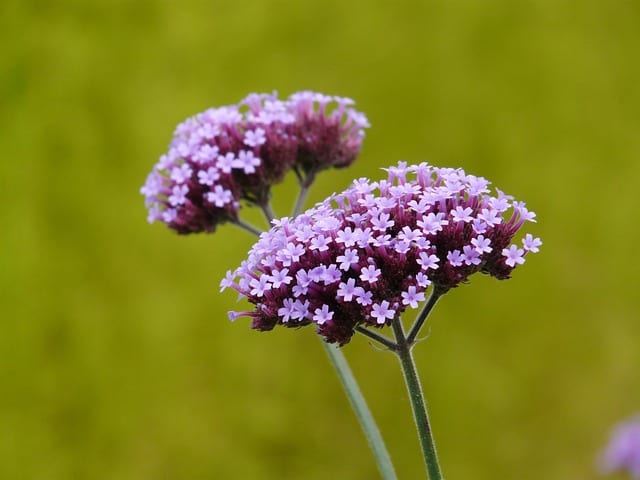
Rose Verbena is an exceptional low-growing perennial that produces clusters of tiny flowers in shades of rose, lavender, and purple. This wildflower loves full sun and is particularly well-suited for rock gardens or as ground cover. Planting Rose Verbena in the fall leads to a burst of color in the spring and summer.
Not only is Rose Verbena aesthetically pleasing, but it also attracts numerous beneficial insects, including butterflies and bees. Its pleasant aroma and ability to thrive in well-drained soils make it a favorite for gardeners looking to foster pollinator populations while enjoying vibrant colors. Whether you plant it in pots or directly in the ground, Rose Verbena will bring joy and flair to your garden.
Wild Geranium (Geranium maculatum)

Wild Geranium, also called Spotted Geranium, is a delightful perennial that brings delicate pink to purple flowers to the woodland landscape. Planting Wild Geranium in the fall allows for a good rooting system to establish, ensuring that this charming flower will take off come spring.
Preferring cooler temperatures and part shade to full shade, Wild Geranium thrives in rich, moist soil. It makes a perfect addition to shaded areas of your garden where little else may grow. Wild Geranium is not only beautiful but also plays a role in attracting bees and other pollinators.
Blanket Flower (Gaillardia aristata)

Blanket Flower is a vibrant perennial wildflower that brings an array of color to any garden space. With its spectacular red and yellow petals, it blooms from early summer and lasts well into the fall. Planting Blanket Flower in the fall enables successful germination come spring, allowing your garden to burst with color.
These flowers thrive in well-drained soils and full sun, making them ideal for places that might struggle with more moisture. Not only do the flowers attract butterflies, but their seedheads are also highly sought after by birds in late fall and winter, which adds an exciting dynamic to your garden.
Cardinal Flower (Lobelia cardinalis)
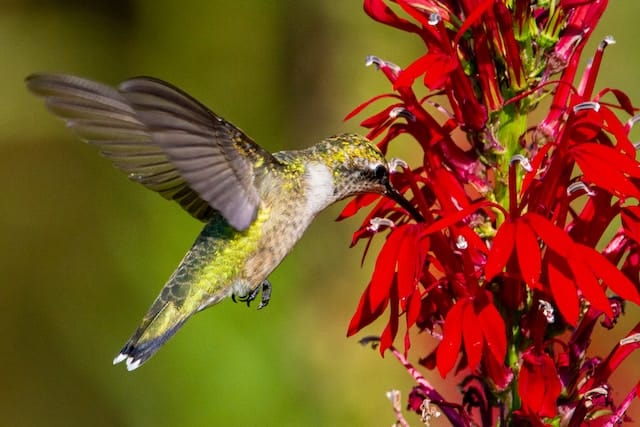
The striking red blooms of the Cardinal Flower make it a standout choice for your garden. This perennial wildflower thrives in moist environments, making it ideal for areas near water bodies or rain gardens. When planted in the fall, the seeds can establish roots, leading to a spectacular display the following summer.
Cardinal Flowers are not just visually striking; they attract hummingbirds, bees, and butterflies, making them a valuable addition for those wanting to support local wildlife. With their vibrant red flowers standing tall in groups, they can turn any garden into a picturesque fairy tale.
Coneflower (Echinacea purpurea)
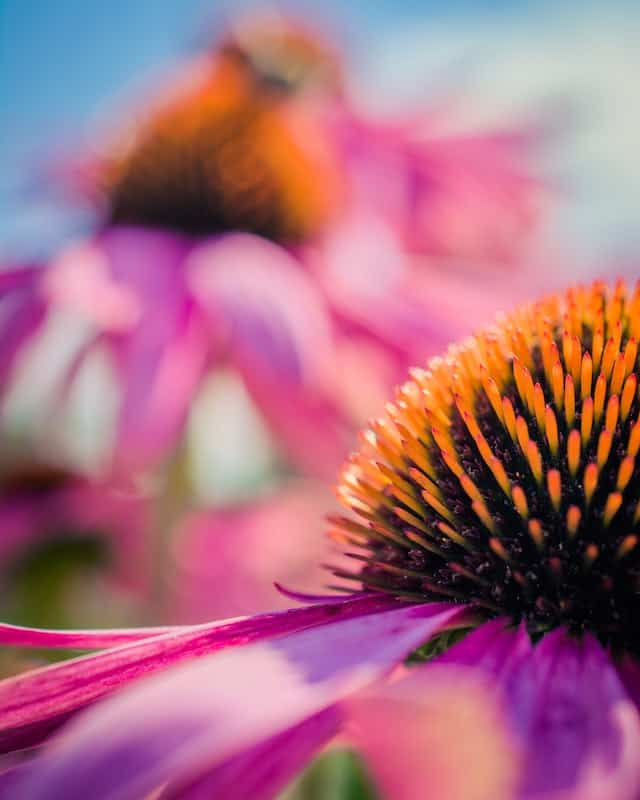
Coneflowers, particularly Purple Coneflower, are beloved for their daisy-like blooms and medicinal properties. They are easy to grow and preferable among gardeners due to their resilience and ability to attract pollinators. By planting Coneflowers in the fall, you enable a robust root system to develop so they can thrive in the following seasons.
Coneflowers are also great for naturalizing your backyard as they bloom through the summer and attract a variety of beneficial insects, including butterflies. Plus, their seed heads will provide food for birds when left intact throughout the winter, contributing to the overall wildlife ecosystem.
Cosmos (Cosmos bipinnatus)

If you want to add a touch of charm with delicate and colorful blooms, Cosmos is the way to go. These annuals create a whimsical garden atmosphere with their feathery foliage and flowers ranging from pink to white. Planting Cosmos in the fall not only allows them to establish but can also offer an early bloom in the spring once the frost subsides.
Cosmos are renowned for their low maintenance—thriving in poor soil and requiring minimal attention. They are hardy flowers that offer traits beneficial for pollinators, including bees and butterflies. With a mixture of colors and varieties, Cosmos can brighten up any garden and serve as a delightful backdrop for summer gatherings.
Gentian (Gentiana spp.)
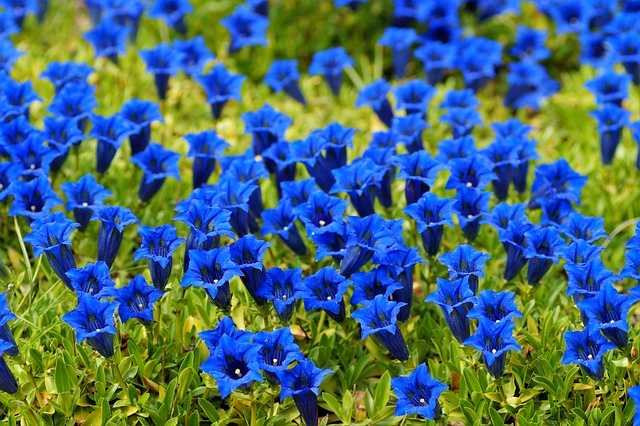
Gentian is a true gem among wildflowers, known for its striking blue flowers that can be quite rare in some regions. This perennial thrives in moist, well-drained soil, and prefers partial to full sun. When planted in the fall, Gentian will develop a strong root network, ensuring a graceful return every spring.
These striking blue blooms are not only beautiful but also attract pollinators such as bees. With a sturdy stem and enchanting flower shape, Gentians can bring a cetain elegance to your garden. Remember that slight variations in care may be required depending on the species, so do your research to ensure you choose the right variety for your garden’s conditions.
Goldenrod (Solidago spp.)
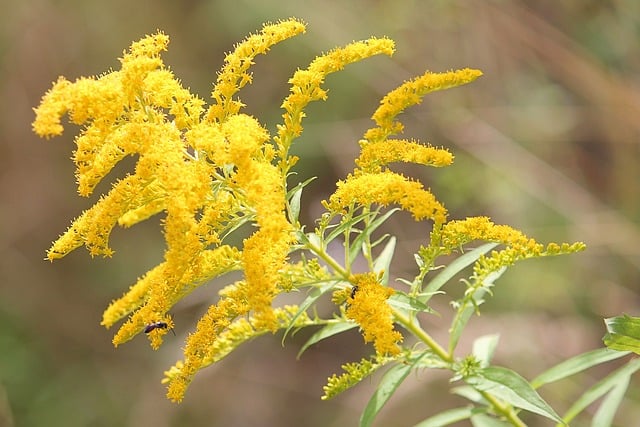
Goldenrod is often misunderstood as a culprit for allergies, but this native wildflower is a powerful ally in supporting local ecosystems. Its vibrant yellow flowers bloom in late summer to early fall, providing essential nectar for pollinators in preparation for the colder months. Planting Goldenrod in the fall allows for root establishment, resulting in a robust display the following year.
Thriving in various soil types and conditions, Goldenrod is adaptable and hardy. This perennial will attract bees, butterflies, and other beneficial insects to your garden, ensuring a lively atmosphere. Its ability to thrive in less cultivated spaces makes it an excellent choice for naturalized gardens.
Joe Pye Weed (Eutrochium purpureum)
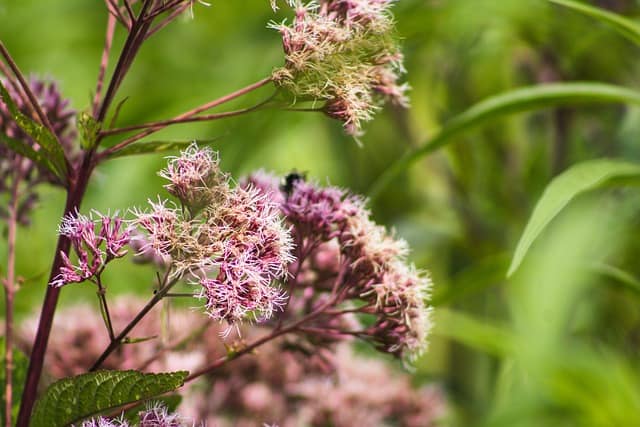
Joe Pye Weed is a majestic addition to any garden with its tall stature and bright pink to purple flowers that bloom from mid-summer into fall. It thrives in moist soil and can be particularly beneficial in rain gardens or areas with high humidity. Planting Joe Pye Weed in the fall guarantees a robust root system, setting the stage for a stunning stand come summer.
Known for attracting a plethora of pollinators, including butterflies and bees, Joe Pye Weed also serves as a nectar source in late summer when other blooms may have faded. Its towering height adds an architectural element to garden designs, making it a focal point during blooming season.
Jewelweed (Impatiens capensis)
Often found in wet meadows and woodlands, Jewelweed is a delightful annual wildflower known for its iridescent orange and yellow flowers. This wildflower thrives in moist, rich soils and can often grow in shaded areas. Planting Jewelweed in the fall ensures it has a chance to germinate before frost, leading to an impressive display in the spring and summer.
The unique properties of Jewelweed, famously recognized for its ability to treat poison ivy rashes, add an intriguing quality to your garden. Additionally, this wildflower is a great source of nectar for hummingbirds and other pollinators. Its bright blooms will add visual interest while serving ecological functions.
Liatris (Liatris spp.)
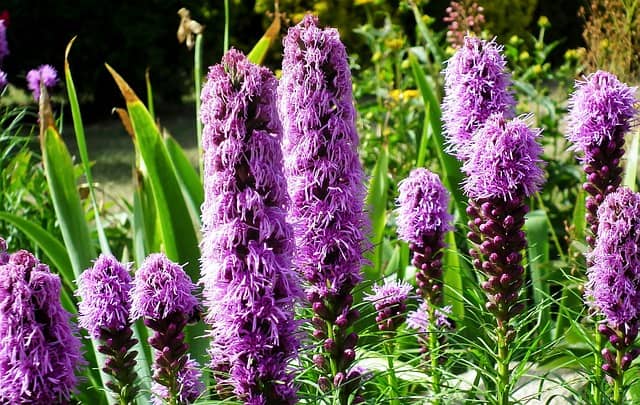
Known commonly as Blazing Star or Gayfeather, Liatris showcases stunning purple spikes of flowers that bloom from the top down, creating a unique appearance. This perennial is a true showstopper when planted in the fall, allowing strong root establishment over the winter months.
Liatris thrives in well-drained soil and full sun, making it a great candidate for garden plots with less moisture retention. It attracts butterflies, and its robust stems and blooms add height and drama to your garden design. Planting Liatris allows you to enjoy vibrant blooms while contributing positively to the ecosystem by supporting pollinator species.
Phlox (Phlox paniculata)
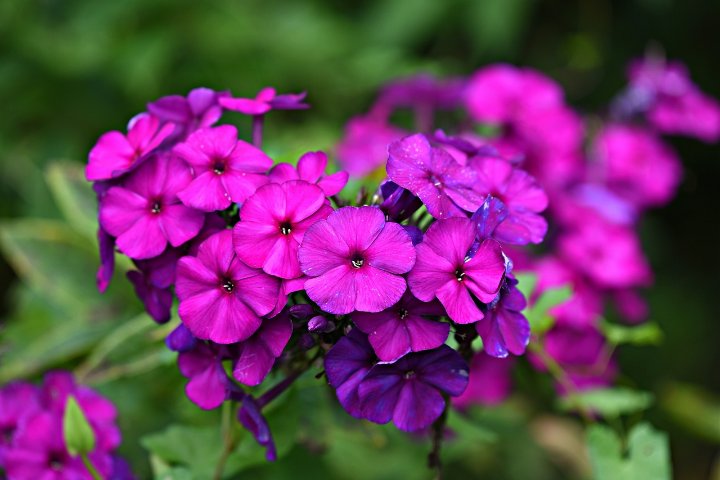
Phlox is a tried-and-true classic that adds cheerful color to your garden. Its vivid pink, purple, and white clusters create a stunning visual display from mid-summer to fall. Planting Phlox in the fall facilitates its root development, ensuring a brilliant show the following year.
This perennial is versatile, easily adapting to various soil types, and thrives in both sun and partial shade. Moreover, Phlox serves as a favorite among pollinators like bees and butterflies, contributing to biodiversity in your garden. With its delightful fragrance and vibrant blooms, it’s no wonder Phlox remains a beloved choice for gardeners.
Queen Anne’s Lace (Daucus carota)

Queen Anne’s Lace is an exquisite biennial plant that produces stunning white flowers resembling lacy doilies. This wildflower can be grown from seed in the fall or spring, but sowing in the fall gives it a head start for a delightful display the following summer.
Wildly adaptable, Queen Anne’s Lace thrives in various soil types but prefers full sun. Its long taproot allows it to draw moisture, making it drought-tolerant as well. The flower heads attract a variety of pollinators and even have culinary uses. Infusing delicate taste in salads or as a garnish, your garden can yield more than just beauty.
Sneezeweed (Helenium autumnale)
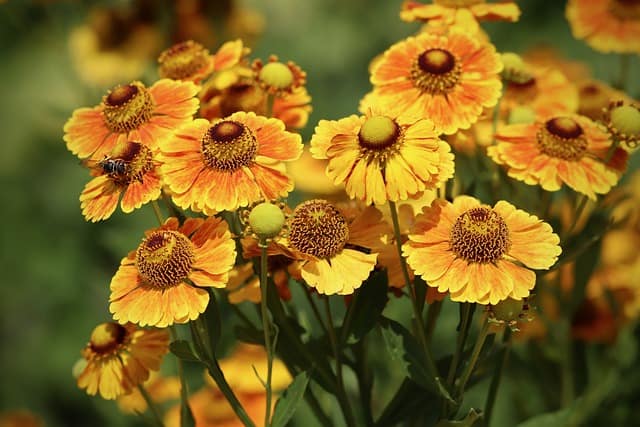
Sneezeweed might have a quirky name, but it’s a magnificent perennial that adds texture and color to your garden. With vibrant yellow and red blooms that appear in late summer through early fall, Sneezeweed thrives when planted in the fall, taking advantage of cooler temperatures to germinate and develop a solid root system.
This wildflower prefers moist soils and tolerates wet conditions well, making it ideal for rain gardens. Apart from its ornamental qualities, Sneezeweed attracts various pollinators, making it a strategic addition for those looking to enhance wildlife visitation. Additionally, its unique flowers can offer stunning focal points in the fading garden landscape as summer transitions into fall.
Turtlehead (Chelone glabra)
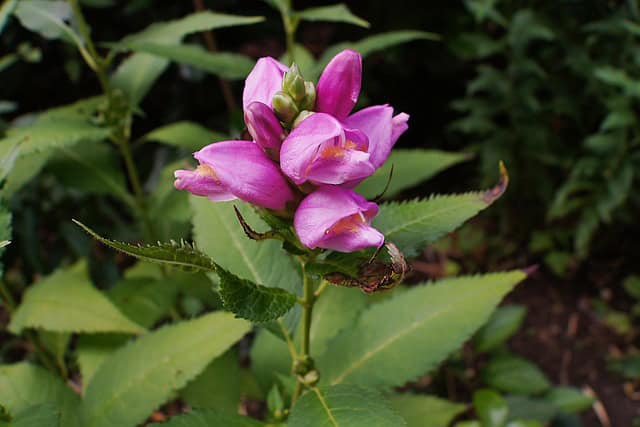
Turtlehead is a charming perennial that displays unique turtle-shaped flowers. Blooming late in the summer and into fall, it thrives in moist, rich soils. Planting Turtlehead in the fall allows seeds to establish before spring.
This wildflower prefers part shade to full shade, making it a perfect choice for woodland gardens or shaded areas. With its intriguing flower shape and foliage, Turtlehead not only brings visual interest to the garden but also serves as a nectar source for hummingbirds and bees.





